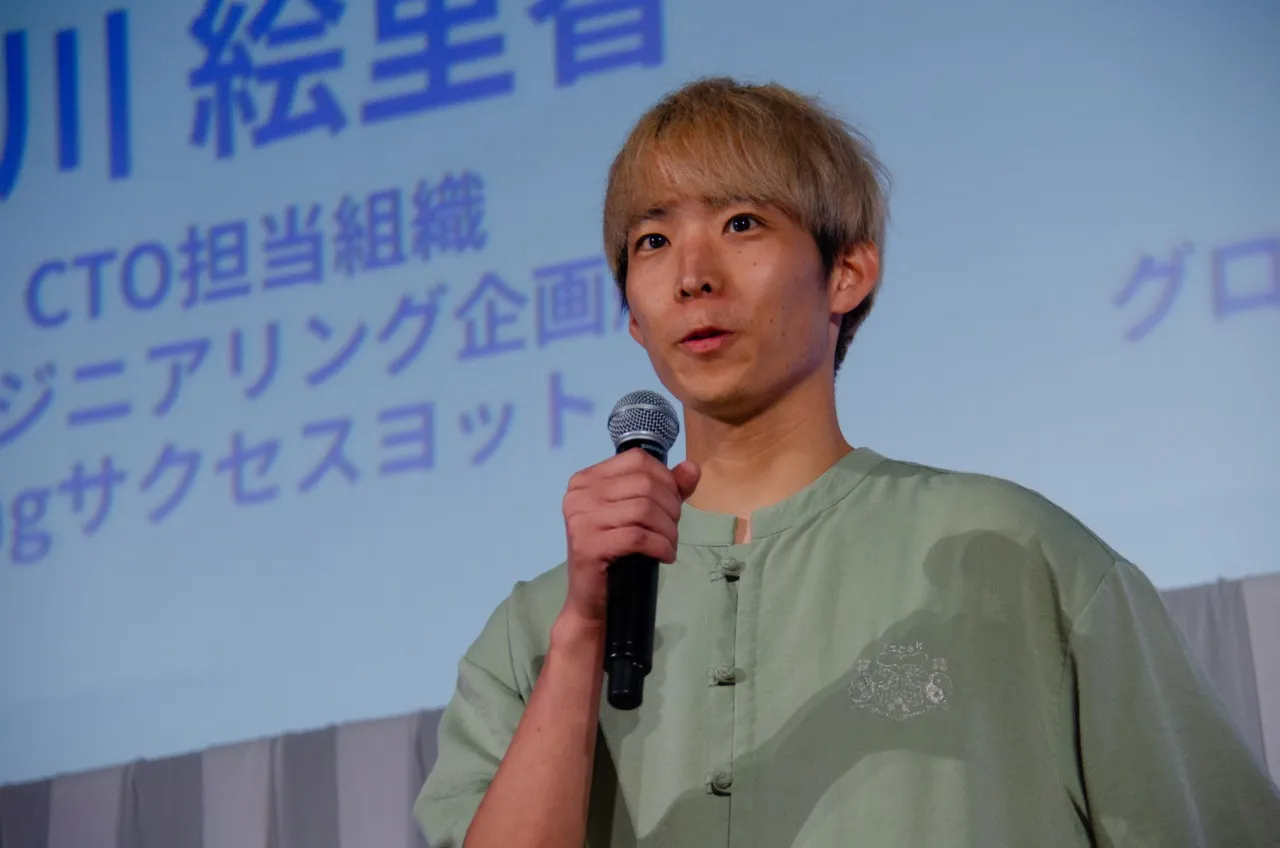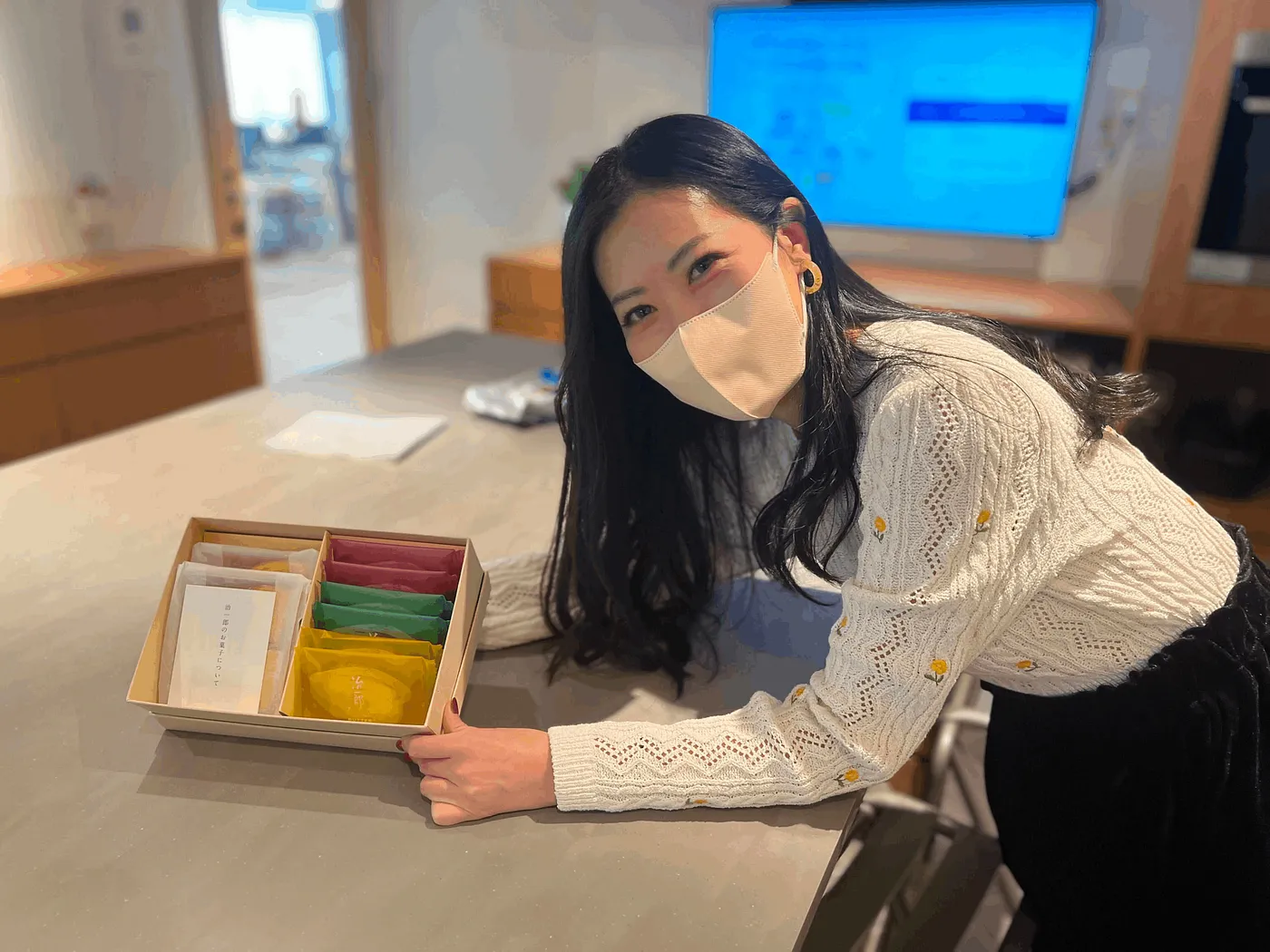
10 Important Rules of making a Movement
Hello, I’m Hal, the manager of the Global Design Team at freee. Recently, I wrote a blog post about a movement within freee to make the iOS app for freee’s HR, a product outside my project, available in English.
That initiative was honored at a company-wide event as a project that most embodies one of freee’s value standards, the “Movement-Oriented Team.”

What is a Movement-Oriented Team?
It is a group that creates synergistic effects by autonomously initiating actions, brought together by a shared mission. Their passion propagates and helps produce better results.
In this article, I’ll write on the theme of “10 important rules for creating a movement.” This is a story about what worked well within the culture of freee, and I can’t guarantee it will work as well in other organizations. I would be happy if you read it for reference.
Here are the 10 important rules that I think are crucial for creating an internal movement:
- Do what you are passionate about
- Prioritize your main work
- Keep going
- Keep sharing
- Involve others
- Respect the other party
- Have people experience the field
- Connect it to the mission of the company (the organization you belong to)
- Start small
- Consider sustainability
1. Do what you’re passionate about
Doing unplanned things is basically a thorny path. You may not gain agreement from others, or you might be told, “That’s great, but it’s difficult right now.
It’s nearly impossible to complete it alone, so you need someone’s help. Without passion, others probably won’t feel like joining you. Without passion, it’s hard to keep going. Many people, including me, who I feel are creating a movement, tend to act according to their desires without thinking about upcoming difficulties or current hardships.
2. Prioritize your main work
To create a movement within the organization, perseverance and the ability to involve others (to be discussed later) are important. To keep going, you’ll want to ensure your activities aren’t halted by those around you.
That means producing the results expected of you in your current role. If not, the reason for your lack of results may be blamed on the time you spend on this activity. (I’m not sure if I was able to produce results at the time, but I think it was probably fine since I wasn’t stopped by those around me…)
Moreover, to get others to cooperate, they need to trust you. Therefore, prioritizing your main work, which is expected of you by others, should ultimately lead to support for what you personally want to do.
3. Keep going
It takes time for voluntary activities to yield results. Therefore, I think it’s important to keep going without giving up. It took us over a year from planning to release the English version of the freee HR and labor iOS app.
There were times when we made no progress, but thanks to bi-weekly 30-minute regular meetings (90% chit-chat) that we kept up for over a year, we were able to move immediately when the opportunity arose. To keep going, you don’t need to stress and push yourself for progress. Let’s continue within what you can do while prioritizing your main work.
4. Keep Sharing
Keep broadcasting your activities. I think this was most helpful in involving many people and attracting various opportunities. That’s because, in the beginning, nobody knows about the movement that arises spontaneously. Therefore, people who are knowledgeable in that field, who become key people when pushing something forward, don’t know about your activities. However, by continuously broadcasting your desire, it is easy to gather people interested in the activity. We kept saying we wanted to support multiple languages in various places within the company.
As a result, people introduced us to others who had experience with multilingual support in their previous jobs, or they suggested talking to specific individuals.
5. Involve others
I’ve mentioned several times that you can’t create a movement alone and need the cooperation of others. However, things won’t progress if you just passively wait for help after broadcasting your intentions. Try to approach everyone you think is necessary to advance the movement you want to create. They should be able to provide perspectives you hadn’t considered.
We also had countless conversations with people such as the product owners of the products we were in charge of, those planning and deciding the roadmap, engineers likely familiar with the implementation of multilingual support, people familiar with the necessary workflow for release, and so on, which led to many insights.
As we talked, people appeared who were willing to cooperate with our activities. Without the collaborators at that time, we might not have been able to release the English version of the freee HR and labor iOS app by now.
6. Respect Others
In the beginning, I mentioned that there could be various challenges when trying to push through unplanned activities, one of which might be the inability to gain the cooperation of others.
When this happens, you might feel frustrated, but it’s best to suppress these feelings. This is because the people you are asking for help have their own main jobs and things they want to do. Consider their position, and first, express gratitude for listening to you.
Without the cooperation of others, it’s impossible to proceed with the activity. If there’s no respect for the other party, people who might be able to cooperate will not support you.
7. Have people experience the field
Our multilingual support release was inescapable from the cooperation of the engineering team implementing the iOS app.
They have even made proposals for review and operation after release. The members of the mobile team often interact with the global development team, where I belong, through activities such as company basketball games and drinking parties.
Thanks to this, they were able to witness the difficulties the members of the global development team faced when reading Japanese. The mobile team members were very cooperative in English review, and were happy when it was released.
8. Connect it to the mission of the company (or organization)
No matter how wonderful the mission you set and push for, if it does not connect with the current mission of the organization, it will be difficult to get cooperation from others. This is because most of the goals and activities that people around you are working on are structured to achieve the mission of the organization.
Fortunately, the multilingual support for the freee HR app I was working on was in line with the mission and vision of freee.
In freee, our vision is “an integrated management platform that allows anyone to manage freely,” and we develop and provide an “integrated management platform” to create an environment where anyone can naturally manage. We aim to make all users, regardless of language, use it, and we started with the “freee HR” application that many employees use.
9. Start small
The journey of a thousand miles begins with a single step. Especially when you’re moving forward as a voluntary activity, it’s important to start from what’s within your reach. In our case, the freee HR mobile app was relatively simple and there were likely engineers who were strong in mobile development, which was a good condition. Even though we want to make all of freee’s apps multilingual, not everything can be moved all at once. Start with what you can do.
10. Consider sustainability
In fact, before multilingual support, we were considering a new product idea, and we knew there was a confirmed pain point for foreign workers. However, we decided to focus on existing products rather than the new one. The trigger for this was feedback from a top person planning a new business. The goal is not to release, but to continue delivering value. For that, it is necessary to be aware of whether the change you are trying to bring about will continue in the future.
Conclusion
I believe these 10 rules are necessary to create a movement within the company. If I had to summarize these 10 items into one, it would be “when you want to make a big change, be prepared to follow through and move those around you”.
The person who motivated me to this point was Vivi, who was working on multilingual support on her own before I started this activity.

She is a business planner and has no experience in product development, but she kept this activity going and involved me. Right after I joined Vivi’s activity, I was strongly motivated to create a new product from scratch, and to be honest, we were working separately for the first three months. Still, she persuaded me to proceed with multilingual support first.
From her, I learned the importance of combining the attitude of “perseverance” and “involving others”. When I talked to my current manager, Magi, about this, he said, “Hal, you were able to do this because you could implement it yourself”.
Indeed, my determination to implement may have moved those around me. But I think that was because I inherited the attitude of “persevere and move those around you” from Vivi.